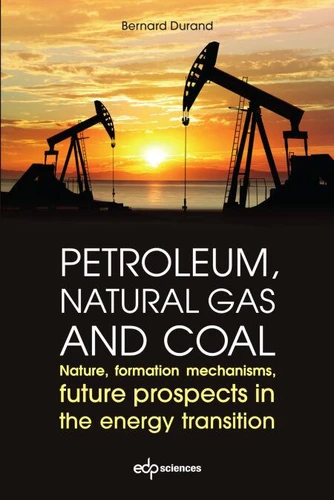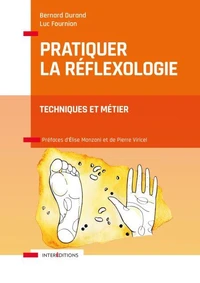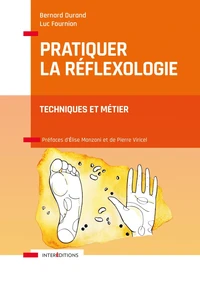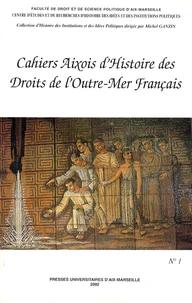Petroleum, natural gas and coal. Nature, formation mechanisms, future prospects in the energy trans
Par :Formats :
Disponible dans votre compte client Decitre ou Furet du Nord dès validation de votre commande. Le format PDF est :
- Compatible avec une lecture sur My Vivlio (smartphone, tablette, ordinateur)
- Compatible avec une lecture sur liseuses Vivlio
- Pour les liseuses autres que Vivlio, vous devez utiliser le logiciel Adobe Digital Edition. Non compatible avec la lecture sur les liseuses Kindle, Remarkable et Sony
 , qui est-ce ?
, qui est-ce ?Notre partenaire de plateforme de lecture numérique où vous retrouverez l'ensemble de vos ebooks gratuitement
Pour en savoir plus sur nos ebooks, consultez notre aide en ligne ici
- Nombre de pages198
- FormatPDF
- ISBN978-2-7598-2232-4
- EAN9782759822324
- Date de parution07/02/2019
- Protection num.Digital Watermarking
- Taille17 Mo
- Infos supplémentairespdf
- ÉditeurEDP Sciences
Résumé
Undoubtedly, the industrialized countries are already facing a major and even existential problem: that of the transition from societies based on the massive use of fossil fuels to societies that have learned to do without them. This will, of necessity, be the real driver of the energy transition that we are talking about so much now! Because it is the future availability of fossil fuels that will give the tempo of this transition, and not the development of other sources of energy, so difficult is the way that remains to be done to these to replace them!
This book aims to provide non-specialists, and those who are concerned by energy transition and climate protection, basic knowledge to better understand the nature of fossil fuels and their importance in the economies of the industrialized countries.
The book also explains why their future availability will play a vital role in the future economic and social transformations in these countries. It consists of two parts that can be read in a largely independent way: - The first part aims to present the variety of fossil fuels and the physicochemical principles ruling their formation and that of their deposits in the earth's crust. - The second part is a discussion on major current issues: What are the remaining fossil fuel reserves? When precisely during this century can we predict the decline of their productions? What consequences will this decline have for industrial societies? What is and what will be their role in climate change? What risks does their use entail for public health?
The book also explains why their future availability will play a vital role in the future economic and social transformations in these countries. It consists of two parts that can be read in a largely independent way: - The first part aims to present the variety of fossil fuels and the physicochemical principles ruling their formation and that of their deposits in the earth's crust. - The second part is a discussion on major current issues: What are the remaining fossil fuel reserves? When precisely during this century can we predict the decline of their productions? What consequences will this decline have for industrial societies? What is and what will be their role in climate change? What risks does their use entail for public health?
Undoubtedly, the industrialized countries are already facing a major and even existential problem: that of the transition from societies based on the massive use of fossil fuels to societies that have learned to do without them. This will, of necessity, be the real driver of the energy transition that we are talking about so much now! Because it is the future availability of fossil fuels that will give the tempo of this transition, and not the development of other sources of energy, so difficult is the way that remains to be done to these to replace them!
This book aims to provide non-specialists, and those who are concerned by energy transition and climate protection, basic knowledge to better understand the nature of fossil fuels and their importance in the economies of the industrialized countries.
The book also explains why their future availability will play a vital role in the future economic and social transformations in these countries. It consists of two parts that can be read in a largely independent way: - The first part aims to present the variety of fossil fuels and the physicochemical principles ruling their formation and that of their deposits in the earth's crust. - The second part is a discussion on major current issues: What are the remaining fossil fuel reserves? When precisely during this century can we predict the decline of their productions? What consequences will this decline have for industrial societies? What is and what will be their role in climate change? What risks does their use entail for public health?
The book also explains why their future availability will play a vital role in the future economic and social transformations in these countries. It consists of two parts that can be read in a largely independent way: - The first part aims to present the variety of fossil fuels and the physicochemical principles ruling their formation and that of their deposits in the earth's crust. - The second part is a discussion on major current issues: What are the remaining fossil fuel reserves? When precisely during this century can we predict the decline of their productions? What consequences will this decline have for industrial societies? What is and what will be their role in climate change? What risks does their use entail for public health?



















